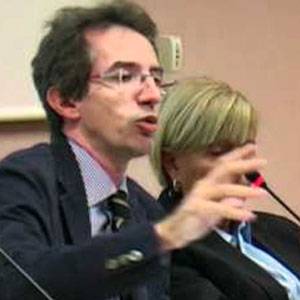Performances in case of fire of concrete members reinforced with FRP rods: experimental results and bond models
The New Boundaries of Structural Concrete Session C – New Scenarios for Concrete
Data di pubblicazione originale dell'articolo: 22/11/2013
Memoria tratta da "The New Boundaries of Structural Concrete: Session C - New Scenarios for Concrete", ACI IC - Ancona 2011
Experimental tests were recently performed to evaluate the performances of nine concrete slabs reinforced with Fiber Reinforced Polymer (FRP) bars (continuous end to end) in fire situation by varying (a) external loads in the range of the service loads, (b) concrete cover in the range of usual values (30-50 mm), (c) bar end shape (straight or bent) and its length at the end of the concrete members, namely in the zone not directly exposed to fire (250-500 mm). Experimental results showed the importance of concrete cover in the zone directly exposed to fire for the protection provided to FRP bars, due to its low thermal conductivity. Moreover, the length of the FRP bars in the zone of slab not directly exposed to fire and its shape at the end of the members was crucial to ensures slab resistance once the resin softening reduced the adhesion at the FRP-concrete interface in the fire exposed zone of slab. In particular the anchorage obtained simply by bending bars at the end of member in a short zone (about 250 mm) allowed attaining a good structural behavior in case of fire equivalent to that showed by slabs characterized by a large anchoring length (about 500 mm). Tests results are briefly compared and discussed in this paper, whereas the behavior of the bar anchorage is carefully examined based on both the results of numerical thermal analysis and the predictions of a bond theoretical model adjusted for fire situation.
Per scaricare l'articolo completo CLICCA QUI
Il volume può essere richiesto, in versione cartacea o in formato PDF, alla Segreteria ACI ITALY CHAPTER (aciitalychapter@gmail.com)


